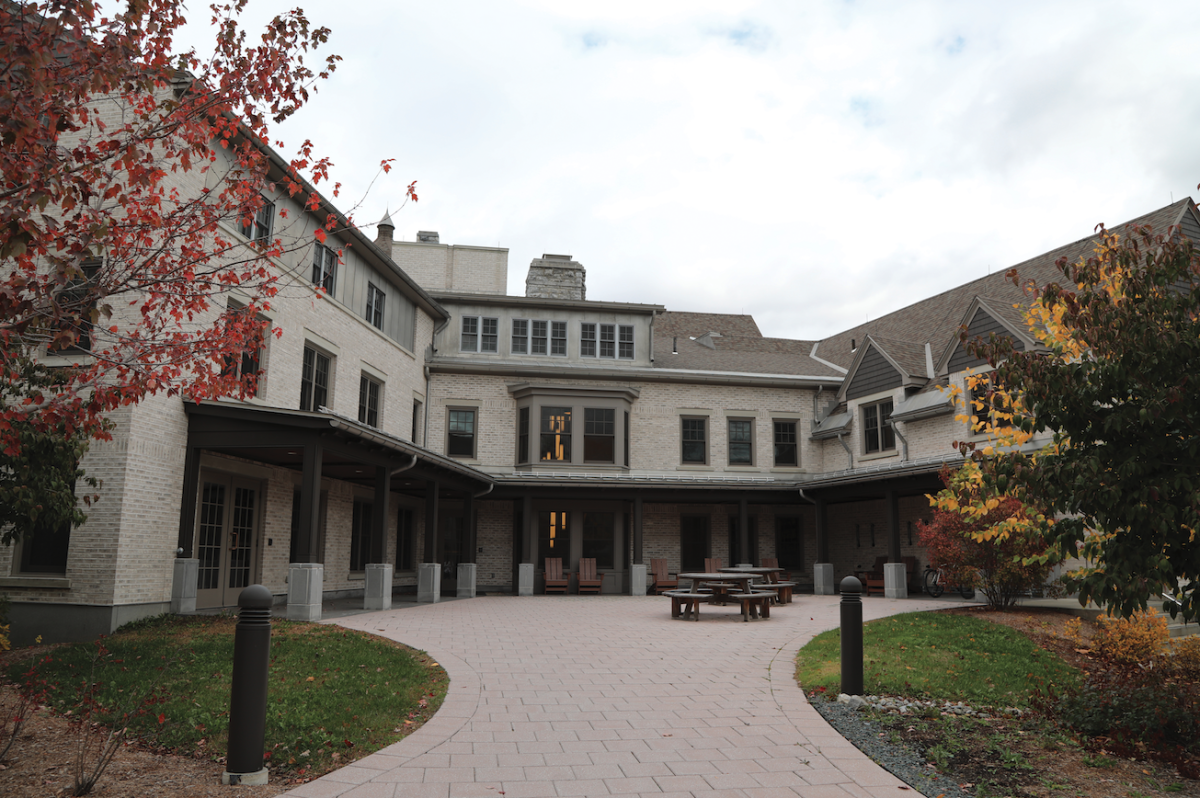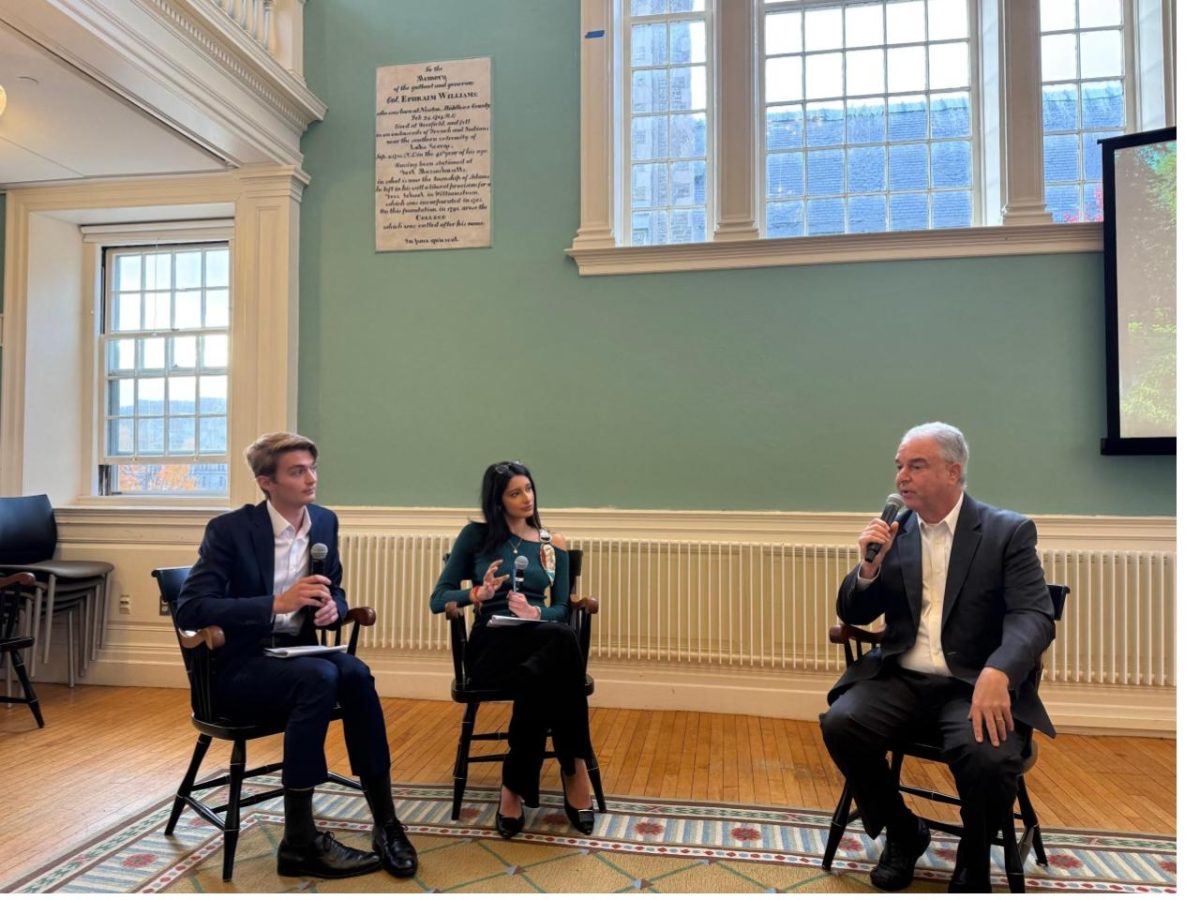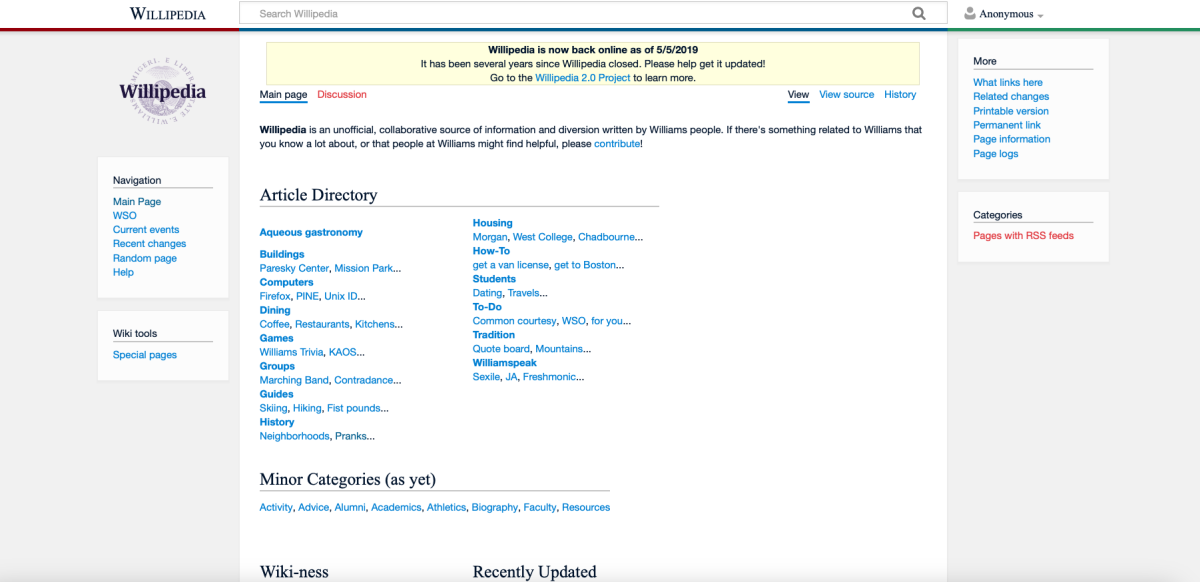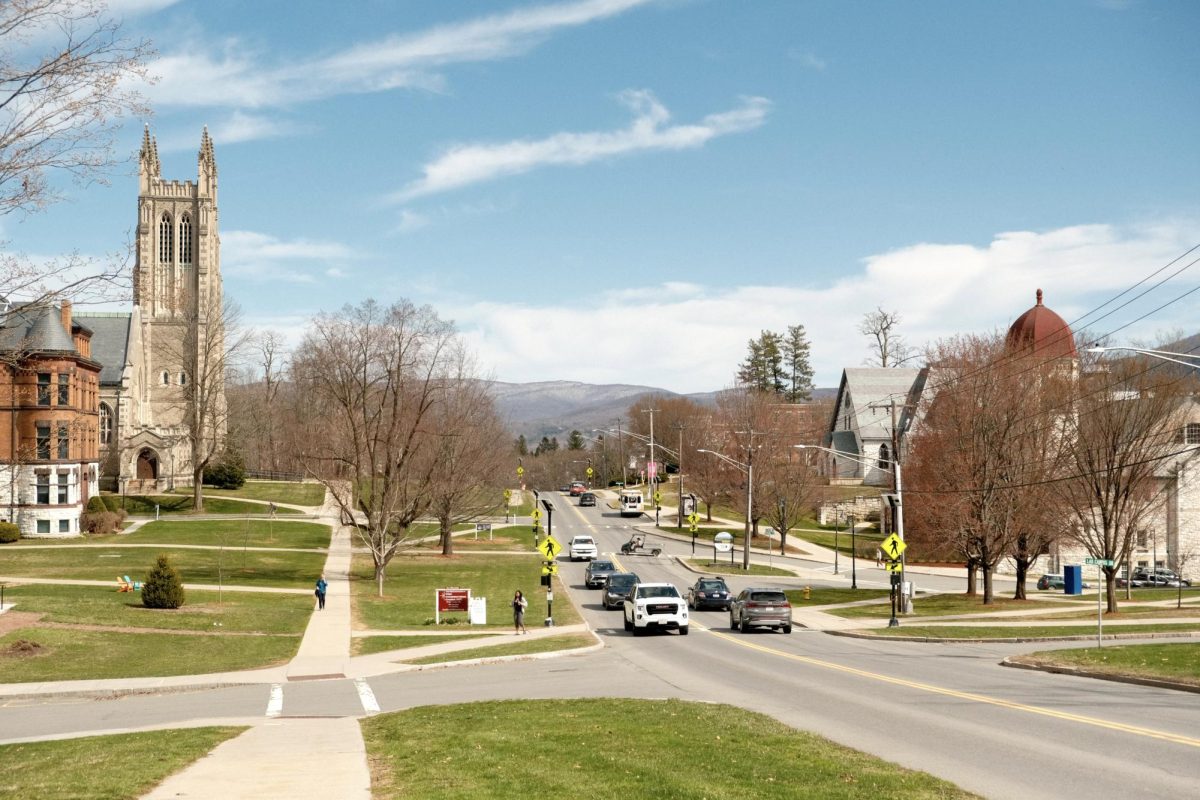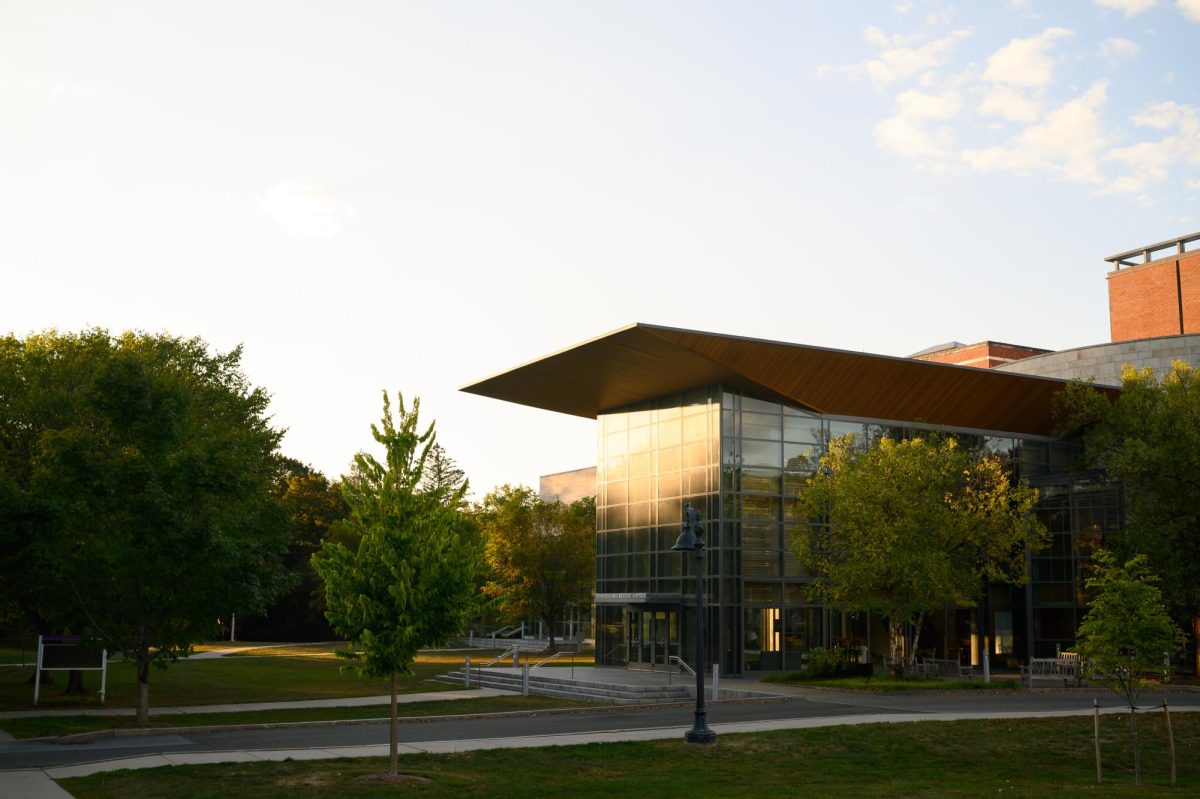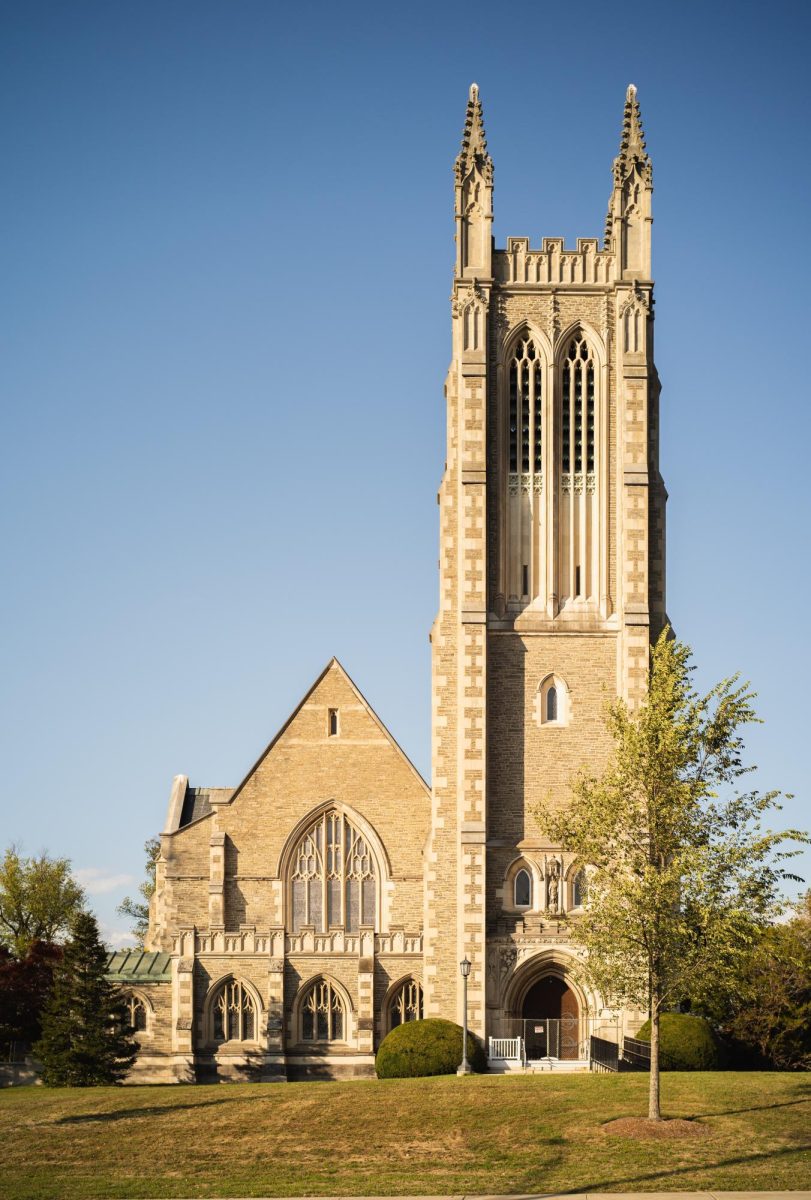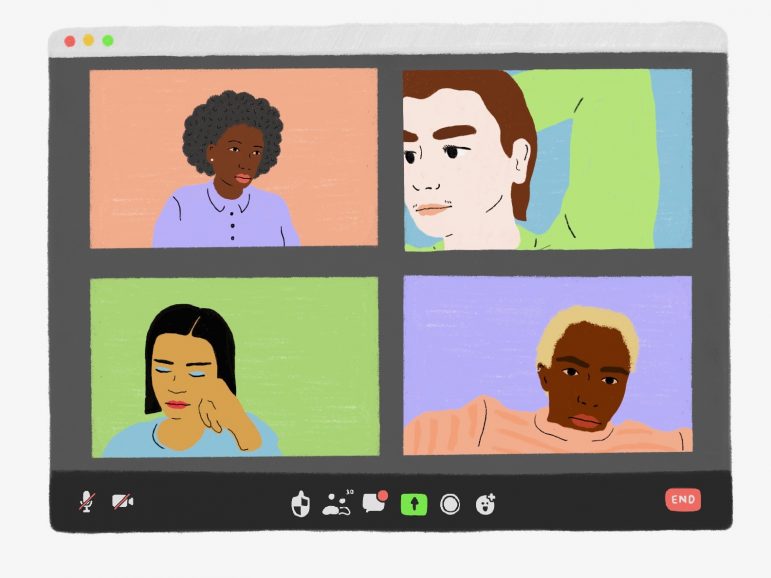
The structure of an in-person fall semester has generated a split among students, one that has affected academics, athletics, extracurriculars and the very fabric of the College: between those studying remotely and those on campus.
President of the College Maud S. Mandel was careful to acknowledge this divide in her email announcing the decision to reopen campus, and noted that remote students — just like their on-campus peers — would be integrated into the College academic experience. “Students who opt to study remotely will still have full access to our courses,” Mandel wrote. “It’s important to note that our online courses this fall will be substantially different than the ones students experienced in the spring.”
In other words, after a remote spring semester that left many students exhausted and isolated, the College promised a different outlook for the fall. Now, nearly two months into the fall semester, most remote students report that they have been able to access the high-quality education that they were promised, though they’ve still experienced problems connecting with professors and juggling home and academic life.
In a Record survey of 268 students marked as “Remote” on Williams Students Online, over half of respondents, or 53 percent, said that the quality of remote education has been good; 24 percent said it has been fair, 19 percent called it excellent and only 5 percent called it poor.
Among those 201 respondents who attended the College last spring (the rest are first-years or were on study abroad programs), the results are even starker. Sixty-eight percent said that the quality of remote learning has gotten better since the spring, while 21 percent said it was about the same and 10 percent said it was worse.
For Manuel Matos ’21, who is studying remotely from his home in Miami, the improvements from the spring have been significant. “I thought it was going to be the same sloggy process [as the remote spring] where no one knew what was up, what was going on, having to adapt a syllabus that was designed for in-person teaching to a remote setting,” he said. “But I think all of my professors so far have been doing a good job of creating a syllabus that adapts to the circumstances.”
Sam Boyce ’23, from his home in New York City, agreed. “The College is handling it really well, especially considering stories I’ve heard about some other colleges,” he said. “It feels more organized [than last semester] in terms of my classes.”
According to Dean of the Faculty Safa Zaki, these improvements in organization and adaptability are no accident. The difficulties with remote teaching in the spring, she said, “were key in crafting a more deliberate approach to the fall semester. Faculty spent the summer reimagining their courses in all sorts of exciting ways.”
“I am happy to say that, in general, whether they are teaching hybrid or remote classes, faculty are reporting a great deal of satisfaction with their fall teaching experiences thus far,” Zaki added.
Respondents to the Record survey largely reciprocated this sentiment. Fifty-three percent said that their professors have been very supportive, and another 38 percent said they have been fairly supportive. Eight percent called their professors slightly supportive, and only 2 percent — five students total — said their professors have been not at all supportive.
Forming relationships
Even as they admired the efforts professors have made to connect remotely, many remote students still said that forming relationships in their classes has grown more difficult.
“As a remote student, it is much harder, because my first interactions with [professors] were over email, and it’s very hard to convey tone over email,” said Grace Knight Garcia ’24, whose first-ever college semester is occurring remotely in Kansas City, Mo. “I haven’t gotten a lot of one-on-one time, [since] office hours are usually open to everyone else, so if you want to make a connection with a professor now, you would have to really go out of your way.”
“You have to seek out the professor a bit more,” agreed Majda Murati ’21, who is studying from home in Chicago. “Which for me is OK because I’m an extroverted person, and I’m also a senior, so I find building a rapport with professors easier than other people. But it’s still very formal.”
Imane Rharbi ’22, at home in Chelsea, Mass., said that it can be especially isolating when professors create opportunities that are only accessible in person. “A lot of my professors mention, like, ‘If you guys want to grab coffee or talk to me or ask any questions that you might have,’” she said. “I feel like I’m definitely missing out on that part of Williams.”
The difficulties in forming remote connections also extend to relationships with other students, particularly in discussion-based classes where students might otherwise form academic and personal bonds.
“In a larger discussion class with 16 people, I don’t think I’m going to know any of them after this class, and that’s kind of a shame,” Boyce said. “There’s a limit to the relationships you can form when you’re just looking at people on a screen. It’s a really limiting factor.”
“Building relationships with students has been harder,” Matos agreed. “Compared to other times, where I would have someone right next to me and we would talk about the material or make jokes, you can’t really do that in a virtual setting.”
Hybrid vs. fully remote classes
The survey also found disparities in opinions on fully remote classes versus hybrid classes. Of the 265 respondents enrolled in at least one fully remote class, 79 percent called those classes excellent or good, while only 5 percent called them poor. Meanwhile, among the 159 respondents enrolled in at least one hybrid class, 58 percent called their hybrid classes excellent or good, and 14 percent called them poor.
For Murati, her hybrid class has presented challenges that her fully remote classes have not. “To be candid, it’s very hard,” she said. “Whenever I have a point, I’ll be raising my hand or waiting, and then I’ll never be able to get my point in when I want to… It’s been hard getting a word in, being remote, in a way that I don’t think is true when you’re in-person.”
Boyce, on the other hand, said that he hasn’t felt any more alienated in his hybrid classes than in his other classes. “One of my classes is a hybrid class, and he [the professor] will put me and the other remote student on his laptop, and we can see him talk and also kind of interact with the students who are actually physically in the classroom, which is cool,” he said. “I don’t think that there was that same level of organization in the spring semester.”
Getting resources
Though the prospect of sending textbooks, course packets and other resources around the country and the world seems like a logistical nightmare, most remote students reported getting paper resources eventually, though it took longer for some than others.
Boyce and Rharbi, both of whom live relatively near Williamstown, said they had little issue getting their books on time. “I’ve gotten all of my reading packets in paper sent to me,” Boyce said. “All of that came really quickly.”
Murati and Matos — who both live farther away — encountered more difficulties. Murati said that some of her course packets arrived a month late, forcing her to do many of her readings online.
“This was particularly difficult for my hybrid class,” she said, “because all of our readings were in one course packet, so it was one 500-page PDF. I don’t know if you’ve ever tried to open a 500-page PDF on Glow, of all places — it was absolutely treacherous to try and read it.”
In addition to physical resources, the College has also worked to make online resources as accessible as possible. “One of our strategies for equity and access is to make as much as possible available to students to use on their own computers, from information to applications,” Chief Information Officer Barron Koralesky told the Record via email. “Thanks to generous support from the College many of our software licenses allow students to install them on their own computers.”
Home lives
Ultimately, the biggest challenge that remote students cited is the unique difficulty of learning from home, though the challenge has manifested itself in different ways.
For Murati, studying remotely has meant dealing with “expectations about how to be a good sister, how to be a good daughter, how to be a good neighbor,” she said. “All of these relationships that I’ve been able to put to the side are now at the forefront.”
Boyce similarly said that the social aspect of staying at home has been the hardest part of remote learning. “I’m usually just in my room, and it definitely gets tiring just being in the same place and having limited places to work and a limited number of people I have access to in person,” he said.
The difficulties Rharbi faces have been more concrete. “Internet has been a huge issue,” she said. “I’ve been pulled out of Zoom classes multiple times during class sessions, and then have to send a private message to my professor like, ‘I’m so sorry! I’m back, I’m back!’”
And for Garcia, the challenges with her remote experience have been inextricable from the challenges that she faces as a first-year and a first-generation college student. “It’s hard for family to understand the importance of attending the Zoom class, or doing homework,” she said. “Because you’re at home, whereas if they see you physically going to the college, it changes what they think. I think it’s hard for everyone to visualize that what I’m doing is still part of what students over there are doing.”
Matos insisted that, despite his own problems with WiFi and learning space, there have been at least some perks of being at home. “Sometimes my mom will try to make me happy and be like, ‘Hey, do you want something to eat?’” he said. “And I’ll be like, ‘Mom! I can’t eat in front of the camera!’”





